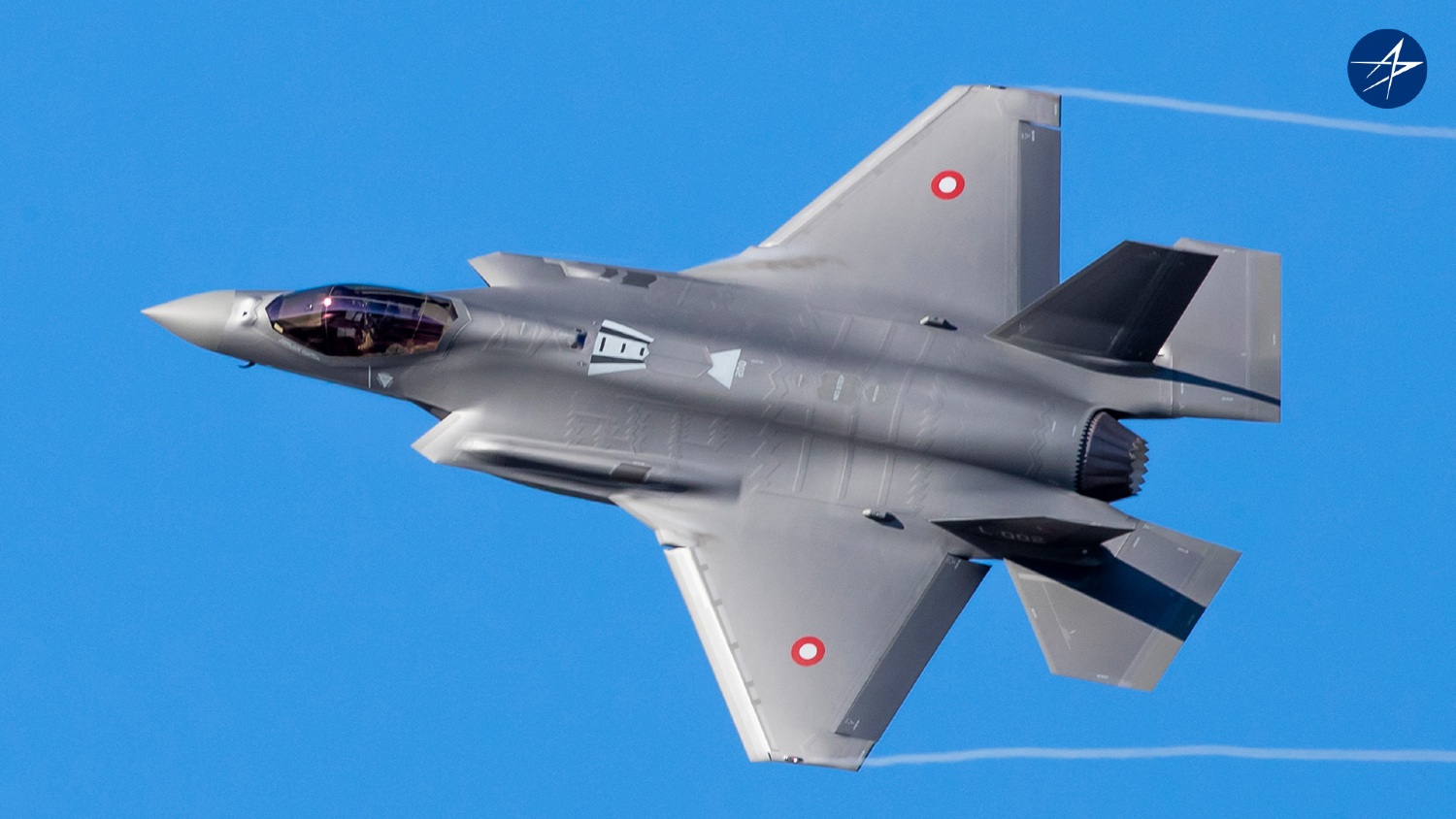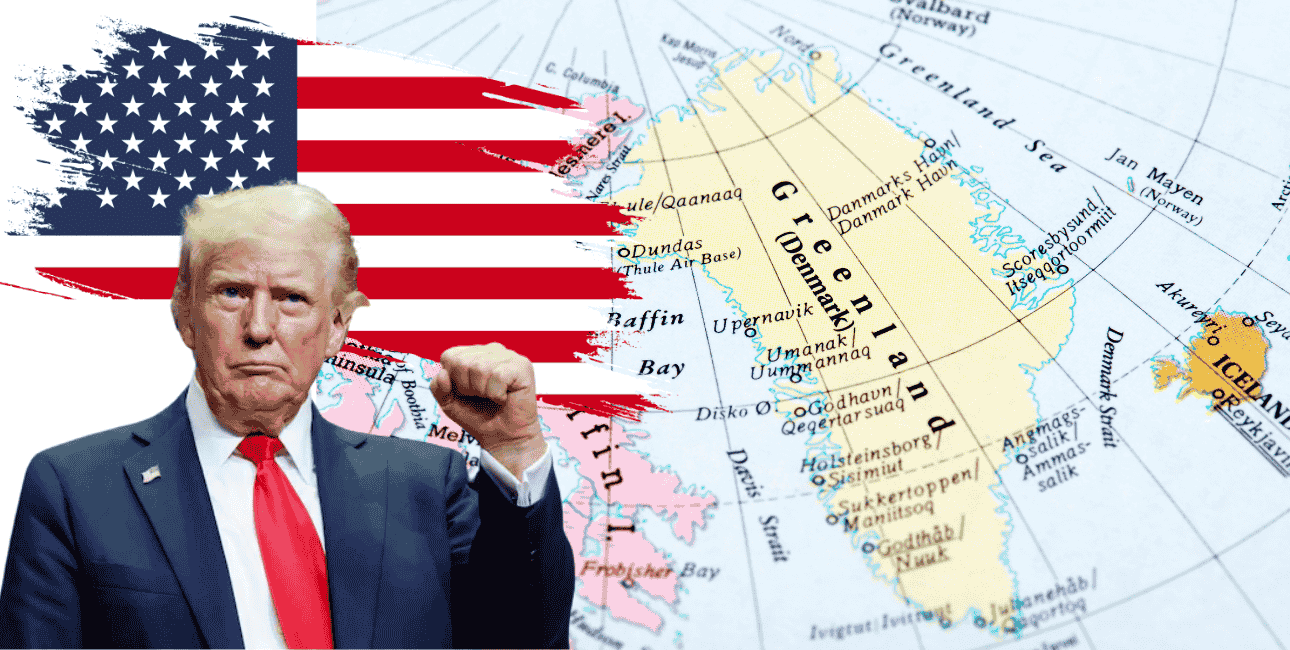The chairman of Denmark’s parliamentary defense committee, Rasmus Jarlov, said he regrets selecting the F-35 stealth fighters for his country.
Jarlov tweeted: “I don’t know if there is a kill switch in the F35s or not. We obviously can not take your word for it. As one of the decision-makers behind Denmark’s purchase of F35s, I regret it. The USA can certainly disable the planes by simply stopping the supply of spare parts. They want to strengthen Russia and weaken Europe and are showing that they are willing to do tremendous damage to peaceful and loyal allies like Canada just because they insist on existing as a country.
I can easily imagine a situation where the USA will demand Greenland from Denmark and will threaten to deactivate our weapons and let Russia attack us when we refuse (which we will even in that situation). Therefore, buying American weapons is a security risk that we can not run. We will make enormous investments in air defense, fighter jets, artillery, and other weapons in the coming years, and we must avoid American weapons if at all possible. I encourage our allies and friends to do the same.”
He added: “China has no presence in Greenland. None at all. China also has no intentions of taking over Greenland. (China generally does not invade other countries). Neither does Russia. While the Russians are brutally honest about their intentions to take over Ukraine, Poland, the Baltics, and Central Asia, they never talk about Greenland. The only threat against Greenland is the USA, which uses imaginary threats from China and Russia to justify that they have to annex Greenland “to protect it.” (Even though they already have full military access to Greenland through their defense treaty with Denmark).”
Not only Denmark but several countries are reconsidering their purchases of the U.S.-built F-35 stealth fighters, driven by a mix of geopolitical tensions, concerns over U.S. reliability, and operational constraints.
Canada committed to acquire 88 F-35A fighters in 2023, with the first 16 already paid for and due in 2026. However, the government is now exploring alternatives for the remaining aircraft.
Escalating disputes with the Trump administration, including threats of economic coercion and tariffs, have soured relations. President Donald Trump’s suggestion that Canada become the 51st U.S. state has heightened public and political opposition to U.S.-made fighters.
Fears that the U.S. could withhold software updates or spare parts—critical for the F-35’s operation—stem from Trump’s handling of Ukraine, where military aid was paused to force negotiations. This has raised doubts about Canada’s ability to maintain sovereignty over the aircraft.
Public discontent over the CAD $19 billion price tag, compounded by a 2023 Parliamentary Budget Office report predicting further cost escalations, has fueled interest in European options like Sweden’s Saab Gripens and French Rafales.

Meanwhile, Portugal opted for the F-35 to replace its aging fleet of 27 F-16s but announced recently that it is no longer pursuing the aircraft, opting instead for a European alternative.
Defense Minister Nuno Melo cited the “unpredictability” of the U.S. under Trump, particularly after his remarks questioning NATO commitments and halting intelligence sharing with Ukraine. This has eroded trust in long-term U.S. support.
Concerns over potential U.S. limitations on foreign-operated F-35s, such as restricted software upgrades, have made European jets like the Eurofighter Typhoon more appealing due to their perceived reliability and autonomy.
Another country that has unofficially shown reluctance is Germany, which signed a deal in 2022 for 35 F-35As and added eight more in 2024. However, recent statements from military experts suggest growing unease, though no formal cancellation has been announced.
German officials, including Joachim Schranzhofer of Hensoldt, have warned of a rumored U.S. ability to disable F-35s by blocking software access. This concern was amplified by the U.S. suspension of aid to Ukraine. While Lockheed Martin denies a literal “kill switch,” the dependency on U.S.-controlled systems remains a sticking point.
Even Switzerland has faced public calls to rethink its F-35 order amid tariff disputes and U.S. reliability concerns, though its defense ministry insists the jets can operate autonomously.
US-Denmark Tensions Over Greenland
The relationship between the United States and Greenland, a semi-autonomous territory of Denmark, stands at a precarious junction. What began as President Donald Trump’s unconventional proposal in 2019—to purchase Greenland—has evolved into a geopolitical flashpoint.
Recent developments, including high-profile U.S. delegations and Trump’s renewed rhetoric, have escalated tensions, drawing sharp rebukes from Greenlandic and Danish leaders while raising questions about sovereignty, security, and the future of international norms.
Greenland, the world’s largest island, has a population of just over 56,000. It boasts a wealth of rare earth minerals critical for advanced technologies, untapped oil reserves, and a strategic location between North America, Europe, and Russia.
Its proximity to the Arctic, where melting ice is opening new shipping lanes and resource opportunities, has rekindled global interest. For the United States, Greenland represents a linchpin in its Arctic strategy, bolstered by the presence of the Pituffik Space Base, a key military installation.
Vice President JD Vance recently underscored this, arguing on Fox News that Denmark is “not doing its job” as an ally by limiting U.S. access to Greenland’s potential.
Trump, who returned to the White House in January 2025, has doubled down on his earlier ambitions. “One way or the other, we’re going to get it,” he declared recently, refusing to rule out military or economic pressure. This rhetoric has alarmed Greenland’s leadership, who see it as a direct threat to their autonomy and identity.
The latest chapter in this saga unfolded this week with the announcement of two separate U.S. visits to Greenland. National Security Adviser Mike Waltz, accompanied by Energy Secretary Chris Wright, arrived in Nuuk, Greenland’s capital, earlier this week aboard military transport planes carrying security personnel and bulletproof vehicles.
Second Lady Usha Vance is set to follow, ostensibly to attend the Avannaata Qimussersu, Greenland’s national dogsled race, and “celebrate Greenlandic culture and unity.”

The White House has framed these trips as gestures of goodwill, with Trump insisting, “This is friendliness, not provocation.”
Greenland’s Prime Minister, Múte B. Egede, sees it differently. In a fiery interview with the Greenlandic newspaper Sermitsiaq, Egede branded the visits “highly aggressive,” accusing the U.S. of flexing its muscle at a sensitive moment.
Greenland is still forming its government following parliamentary elections earlier this month, a process Egede claims the U.S. is exploiting. “What is the national security adviser doing in Greenland?” he demanded. “The only purpose is to demonstrate power over us.”
Denmark, which oversees Greenland’s foreign and security policy, has echoed these concerns. Prime Minister Mette Frederiksen called the visits “something we take seriously” and stressed the need to respect sovereignty.
The timing has also fueled suspicions. Greenland’s municipal elections are scheduled for next week, and coalition talks remain ongoing. Jens-Frederik Nielsen, leader of the victorious Demokraatit party, accused the Trump administration of “a lack of respect for the Greenlandic people” by choosing this moment to assert influence.
As Usha Vance prepares to watch Greenland’s dogsled race and Mike Waltz tours the Pituffik base, the U.S. walks a tightrope. Its actions could either deepen ties with a wary partner or push Greenland further away.
- Via: ET Desk
- Mail us at: editor (at) eurasiantimes.com




